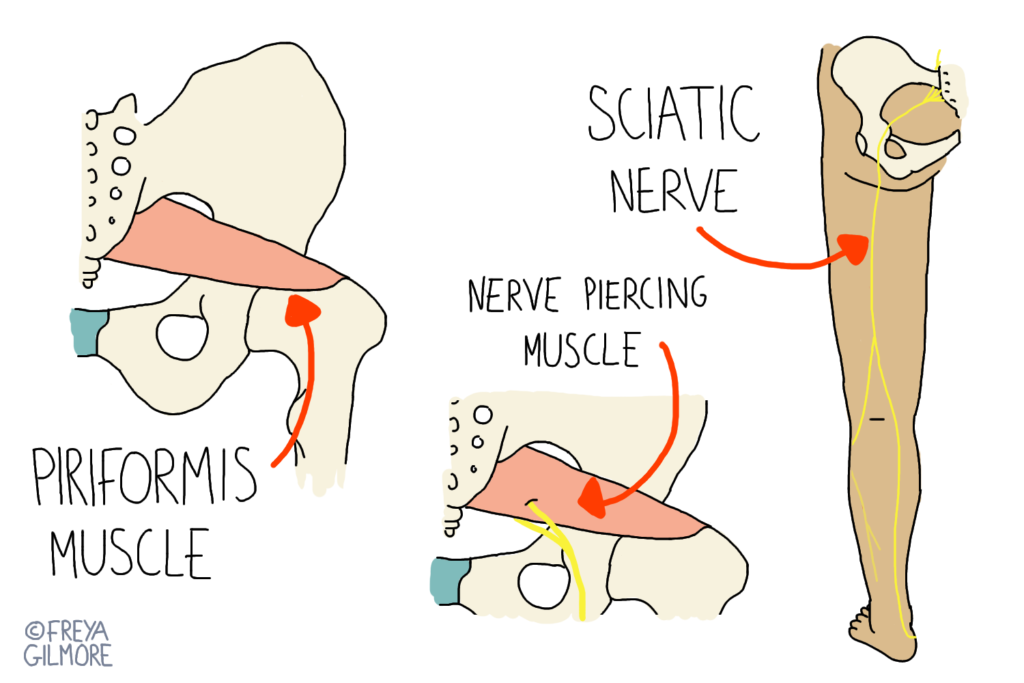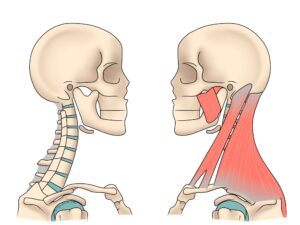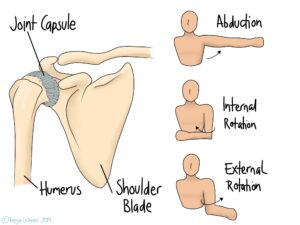Sciatica is just a symptom, but it has a very specific definition. Your leg pain is only sciatica if it follows the sciatic nerve. That means sharp shooting pain in the front of the thigh or in your arm is not sciatica.
If a nerve is irritated, it can cause a handful of symptoms, although you might not experience them all:
- A sharp or shooting pain along the nerve
- Pins and needles
- Numbness
- Weakness
The course of the sciatic nerve is from the lower back and into the buttock, then down the back of the thigh. After the knee it splits into two smaller nerves that run down the back and side of the calf. It is unusual to have symptoms along the whole nerve- often they are just focused to one portion and recede with treatment.
Causes of Sciatica
The sciatic nerve is formed from a number of nerves leaving the spine. They come together to make the thick sciatic nerve before they exit the pelvis.
Nerve root irritation
The top two nerves that make up the sciatic nerve are vulnerable to nerve root irritation. The discs at L4/5 and L5/S1 can catch them if they bulge. Similarly, tight muscles or local inflammation can irritate the nerve roots in this area too.
The image above also shows a spondylolisthesis. This is a rare cause of sciatica. This is a condition in which one of the bones in the spine moves forwards or back compared to the others. This may be traumatic and associated with a fracture, or it could be due to being born with unusual anatomy. Because of the slippage, the nearby nerves can be pulled and irritated. It may be possible to see or feel a dip in the back and your osteopath will likely send you for a scan if they identify it for the first time in an appointment. Nerve pain after an injury should also be investigated at hospital before you see your osteopath.
Piriformis Syndrome
A deep muscle in the buttock, piriformis, can also be a cause of sciatica.
Once the sciatic nerve has started to form from the smaller nerves, it runs close to a deep muscle in the buttocks. For some people, the nerve actually runs through the piriformis muscle.
If the muscle gets tight it can compress and irritate the nerve. One common response to pain is further muscle tightness, which causes more compression and can be a hard cycle to break on your own. Luckily it’s an easy muscle to treat and there are some simple exercises you can do at home to calm the whole area down.
With any cause of sciatica, one big indicator of how long it will take to heal is how long the pain has been there. It can take a long time to get through the medical system and start making progress, so get in early with your osteopath. Osteopathy will not interfere with any intervention your GP might want to do.
If you have symptoms of sciatica, make an appointment today to start making progress.





